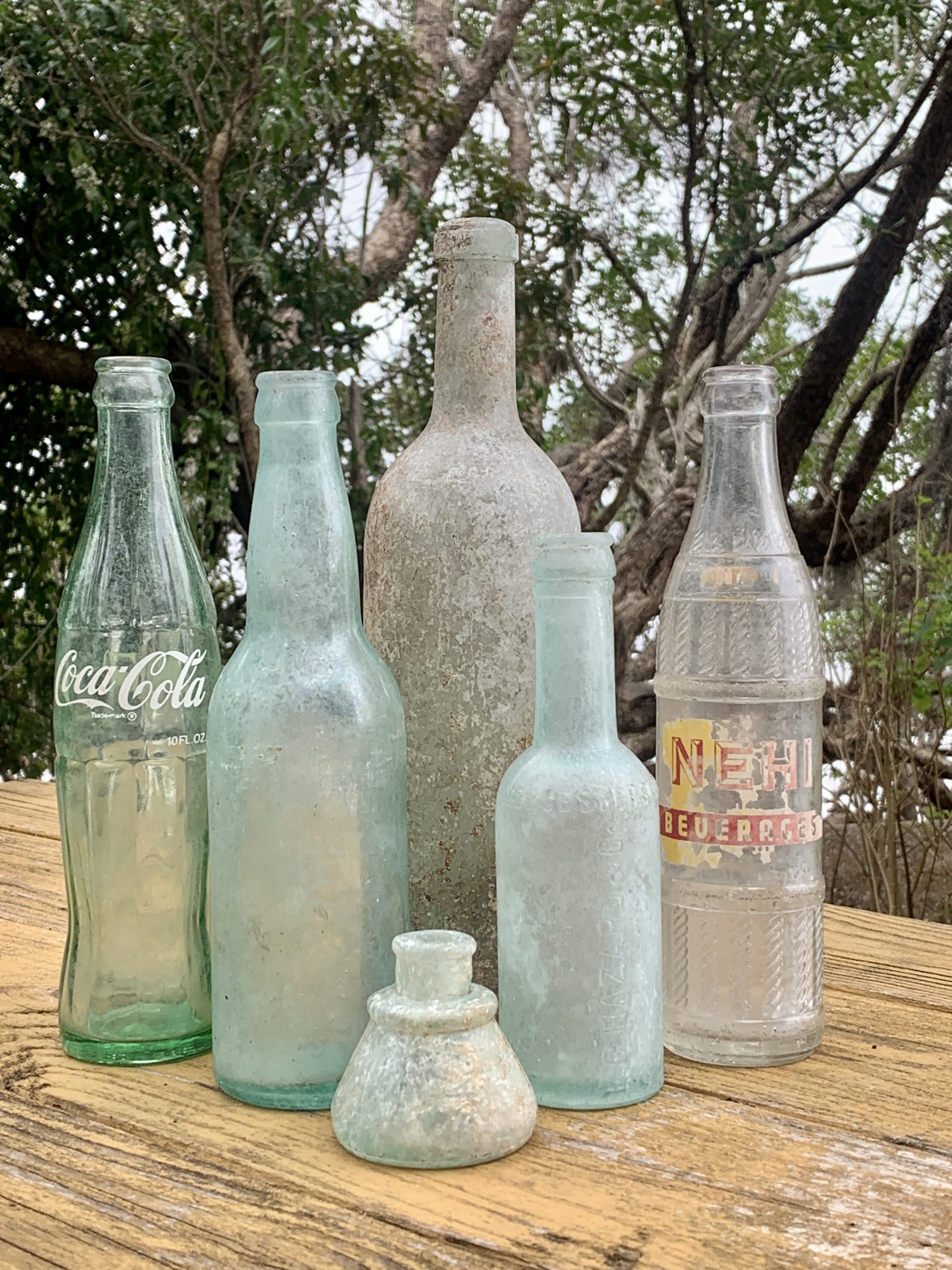
When archaeologists are conducting a surface survey of an area they may discover artifacts on the surface, the location of these artifacts are recorded and are indicators of the use and human presence of that site. The artifacts that occur on the surface may be referred to as surface artifacts and when there is an area with an assemblage or numerous artifacts spread on the surface it may be referred to as a surface scatter. The surface scatter may consist of one type of artifact or a variety of artifacts. The location of the artifacts are documented and mapped.
Sometimes surface artifacts may be discovered when a piece of land is being modified or during activities such as invasive vegetation removal. At the Marie Selby Botanical Gardens Historic Spanish Point campus, with such a long period of habitation, a variety of surface artifacts have been recovered during past excavations and by horticulturists removing dense areas of invasive vegetation. While clearing the Sansevieria and Brazilian peppers in the Point Garden our horticulturists uncovered a scatter of artifacts consisting of glass, ceramics, garden features, and household items. These artifacts are indicators of how this space was used and
provide information relating to the structures that were also uncovered in this area. On your next visit, take a walk down the path in to the Point Garden and look for the artifact surface scatter of garden features and building materials including planters, curbing, and cement pieces.
Written by Amy Dwyer, Research Archaeologist
